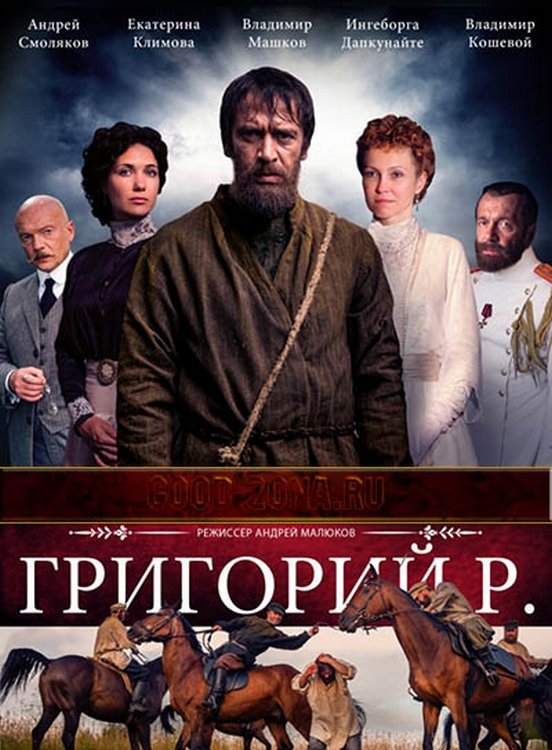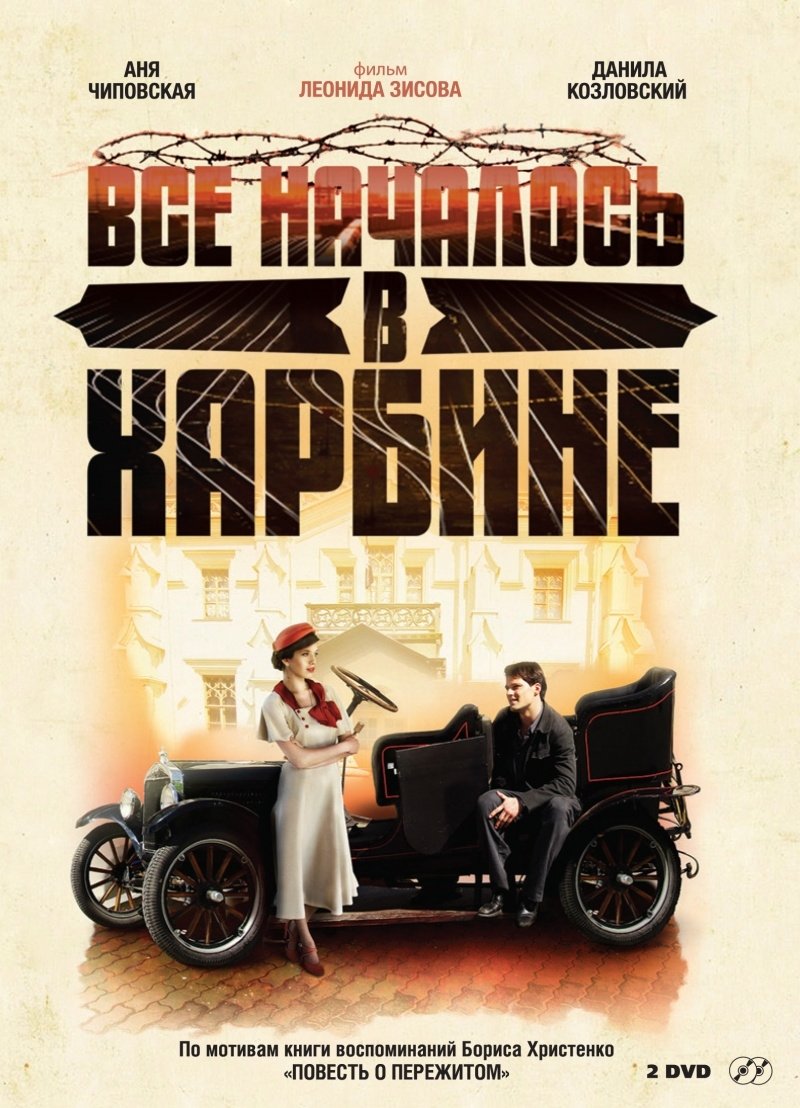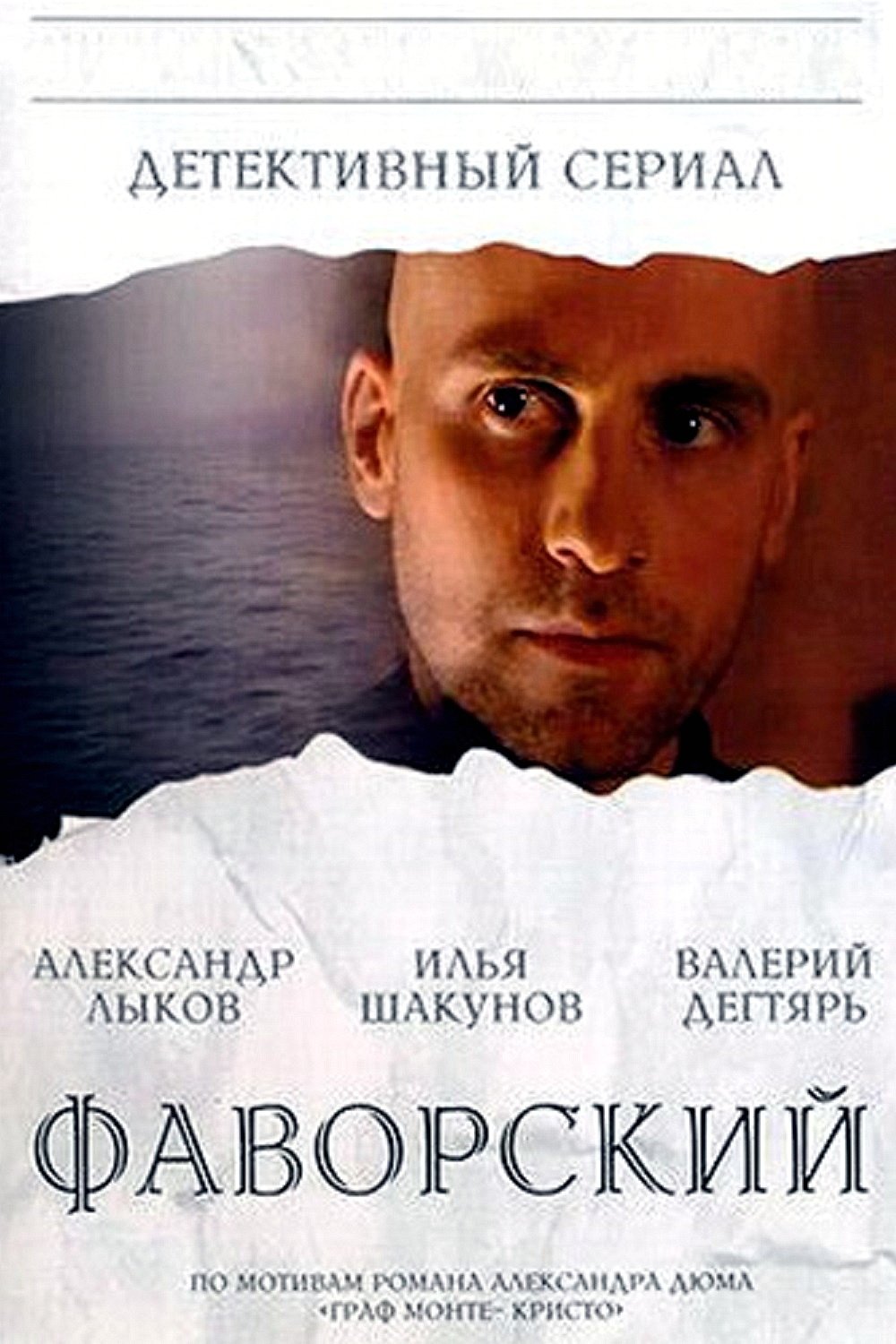

Who and What is “A Good Man”? This is the central question in this original drama series from Konstantin Bogomolov, agent provocateur of Russian cinema. Based on a true story, inspired by the capture of Russia’s most prolific and brutal serial killer “the maniac of Angarsk”. "A Good Man" looks at everyday violence in quiet suburbia. The protagonist is a police officer and a security guard, keen to uphold the law, protect people and his town. His methods are deadly. It takes almost a decade to reveal him as a mass murderer, who preyed on over 80 young women in and around Angarsk.

September, 1941. In a turn of events, young lovebirds Kostya and Nastya find themselves on board a barge that will evacuate people from the sieged Leningrad. At night the barge gets into the storm. When it starts sinking, enemy planes — but not rescuers — were the first to arrive at the scene.

Russia, 1917, WWI. This is the story of the 1st Russian Women's Battalion of Death, formed as part of an ill-conceived propaganda ploy by the Russian Provisional Government in late May of 1917.

1917, shortly after the assassination of Grigory Rasputin. The provisional government appoints investigator Heinrich Ivanovich Svitten to study the case of the deceased and find out who he really was for others and for the whole of Russia. Switten collects information bit by bit about the ambiguous elder, but sometimes it is very difficult to distinguish the truth from human speculation. Rasputin's confidants and even members of the royal family help him in the investigation, but everyone has a personal attitude towards this mysterious man. Empress Alexandra Feodorovna, on the one hand, respects him immensely, and on the other hand, Switten notices something similar to fear.

The events of the film unfold first on the territory of China, in Manchuria, then transferred to the USSR, have an extensive geographical area: from Harbin to Leningrad, and cover the period from 1928 to 1953. The plot is based on the complex, full of dramatic events, the fate of a man — Boris, the son of an employee of the Chinese-Eastern Railway.


Graduate students in the Historical Museum find a diary dated 1919. In the diary, the author confesses to the murder of five people. The terrible deeds of the past are the key to unraveling a number of crimes committed in our day.
By browsing this website, you accept our cookies policy.